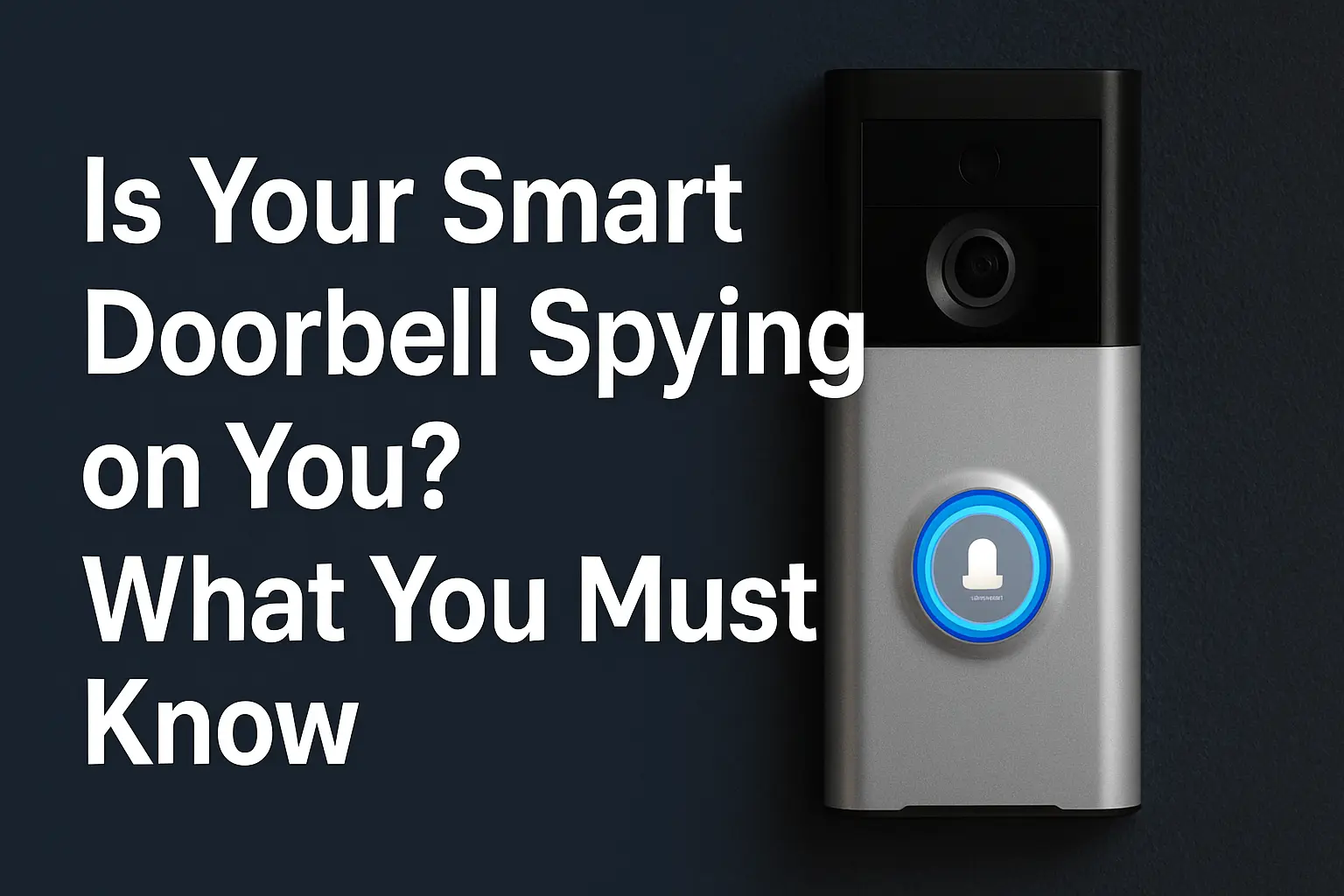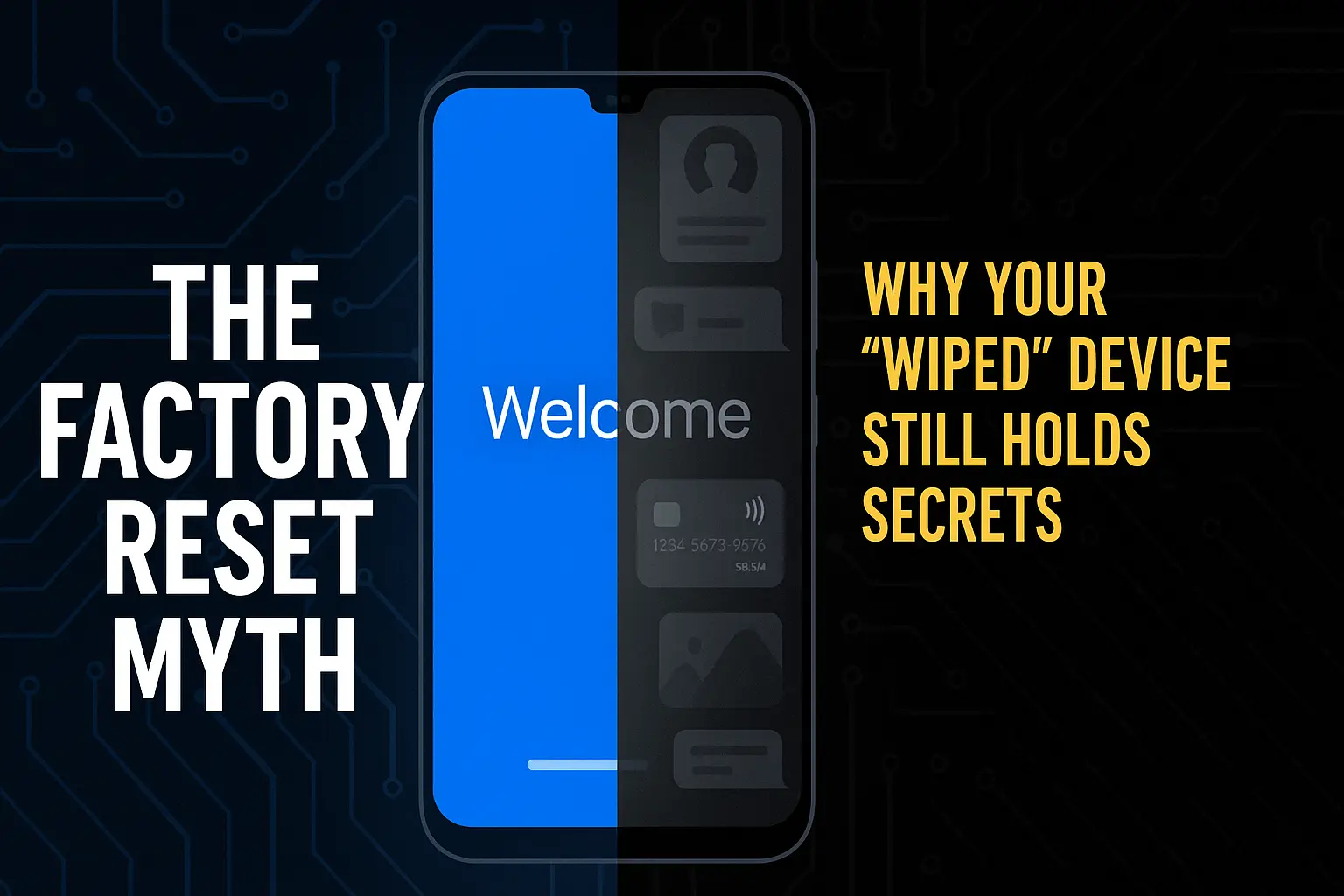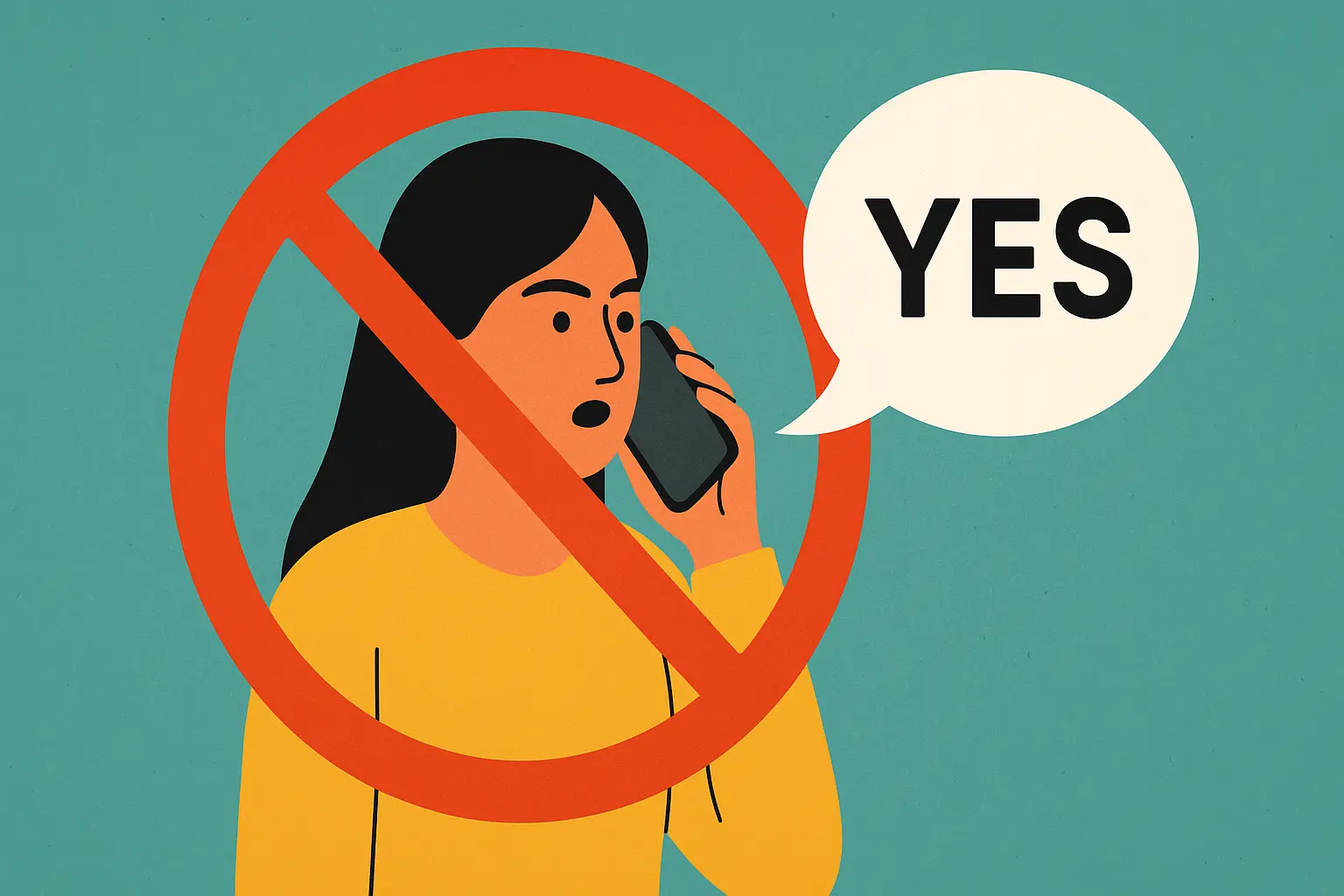Imagine purchasing a smart doorbell to enhance your home’s security, only to discover it might be compromising your privacy. This scenario is increasingly becoming a reality. Smart doorbells, designed to monitor your front door, can collect sensitive data, transmit it to third parties, and potentially be exploited by hackers.
As homes become more connected, devices like Ring, Nest Hello, and other Wi-Fi-enabled doorbells have become commonplace. However, with convenience comes the risk of surveillance, data misuse, and even physical threats. In this comprehensive article, you will learn how smart doorbells can infringe on your privacy, the associated risks, and most importantly what steps you can take to protect yourself.
How Smart Doorbells Operate
Smart doorbells are internet-connected devices that allow homeowners to see, hear, and speak to visitors through an app. They typically feature high-definition cameras, microphones, speakers, and motion sensors. When someone approaches your door, the doorbell captures footage and sends an alert to your smartphone.
Many devices also store recordings in the cloud, making it easier to review past activity. However, this feature raises privacy concerns.
Key Features:
- Cloud Integration: Videos are often uploaded to cloud servers.
- Facial Recognition: Some models use artificial intelligence to recognize familiar faces.
- Two-Way Audio: Enables real-time communication with visitors.
- Motion Detection: Begins recording even before the doorbell is pressed.
Each of these functions adds convenience but also introduces vulnerabilities.
Current Privacy Concerns in 2025
The landscape of smart doorbell privacy has evolved, with several notable developments:
1. Data Sharing with Third Parties
Many smart doorbell companies share data with law enforcement or sell user data to advertisers. This practice is often hidden in lengthy privacy policies. For instance, Ring’s privacy notice states that they may share personal information with affiliates, subsidiaries, and service providers who perform services on their behalf, including marketing and data analytics .
2. Continuous Surveillance
Smart doorbells are often active 24/7, recording every movement. In doing so, they may collect footage of neighbors, passersby, and delivery personnel. This constant monitoring raises ethical and legal questions, especially if footage is shared without consent.
3. Microphone Surveillance
High-quality microphones can pick up conversations that happen several feet away. These audio recordings may capture sensitive or private discussions unintentionally.
4. Facial Recognition Issues
Facial recognition technology can misidentify people and be used to profile individuals. Some smart doorbells store biometric data, which is a major concern if that data is breached or sold.
5. Hacking Vulnerabilities
Poorly secured smart doorbells are ripe targets for hackers. Once compromised, a hacker can:
- Watch live video feeds
- Download stored recordings
- Listen to private conversations
- Disable the device remotely
This kind of access gives malicious actors a virtual window into your home.
Recent Incidents and Legal Actions
In 2024, the Federal Trade Commission (FTC) secured a $5.6 million settlement from Ring over allegations that the company allowed employees and contractors to access consumers’ private videos and failed to implement adequate security protections .
Additionally, Consumer Reports’ extensive security tests revealed that several video doorbells have serious security flaws that could make users vulnerable to hacking .
Legal and Ethical Implications
Smart doorbell usage walks a fine line between personal security and public surveillance. Recording someone without consent can violate privacy laws depending on your jurisdiction. Furthermore, sharing footage with law enforcement without a warrant may infringe on constitutional rights.
Certain states in the United States have strict two-party consent laws. This means both the homeowner and the visitor must be aware of any recording, especially if audio is involved.
Protecting Your Privacy
Understanding the risks is only the first step. Here is how you can take back control of your smart doorbell:
1. Change Default Settings
When you first install your smart doorbell, review all the settings. Turn off unnecessary features like continuous recording or facial recognition unless absolutely needed.
2. Avoid Cloud Storage
Store footage locally if your device allows. This limits data exposure to third parties. You can also invest in secure Network Attached Storage (NAS) solutions for better control.
3. Use Strong Passwords and Two-Factor Authentication
Weak passwords are the easiest entry point for hackers. Create a strong, unique password and enable two-factor authentication for added security.
4. Secure Your Wi-Fi Network
Use WPA3 encryption on your home network. Avoid using default router credentials, and regularly update your router’s firmware.
5. Review Privacy Policies
Before purchasing a smart doorbell, read the company’s privacy policy. Choose brands that are transparent about data usage and offer granular privacy controls.
6. Regular Firmware Updates
Manufacturers often release updates to patch vulnerabilities. Make sure your device is set to update automatically or check for updates regularly.
7. Disable Audio Recording
If local laws or personal preferences dictate, consider disabling audio recording to reduce privacy risks.
8. Inform Visitors
Place a visible sign indicating that surveillance is in use. This ensures compliance with consent laws and discourages potential misconduct.
Privacy-Friendly Smart Doorbell Alternatives
Several brands have prioritized privacy. Look for devices that:
- Offer local storage
- Do not require cloud subscriptions
- Have no facial recognition
- Provide open-source firmware or transparency reports
Examples include (Note, we are not recommending these, reach out if you want recommendation):
- Eufy Security Doorbell: Offers local storage without mandatory cloud syncing.
- Amcrest Video Doorbell: Allows SD card storage and secure local access.
- SkyBell HD: Provides limited data sharing with better privacy options.
Smart Home Hygiene: Best Practices
A smart doorbell is only one part of your smart home ecosystem. Follow these general practices to safeguard your privacy:
- Use a separate Wi-Fi network for smart devices.
- Avoid devices from brands with a history of data misuse.
- Periodically audit your devices and connected apps.
By staying informed and proactive, you significantly reduce your risk.
Detecting Compromised Devices
Watch for these red flags:
- Video footage you did not initiate
- Microphone activates unexpectedly
- Device reboots or resets itself
- New users appear in app settings
- Strange noises or voices through speakers
If you suspect tampering, reset the device, change your password, and check connected devices in your network.
The Future of Smart Surveillance
As technology advances, smart doorbells may soon integrate with AI-driven analytics, cross-device data sharing, and even predictive behavior monitoring. These features enhance security but also raise privacy stakes.
Advocacy groups are pushing for stronger legislation to regulate these devices. In the future, manufacturers may be legally required to disclose how data is collected, stored, and shared.
Until then, users must remain vigilant.
Frequently Asked Questions (FAQs)
1. Can my smart doorbell be hacked easily?
Yes. Weak passwords and outdated firmware are common entry points. Using strong security practices can mitigate this risk.
2. Is it legal to record visitors with a smart doorbell?
It depends on your location. Some jurisdictions require consent, especially for audio recording. Always check local laws.
3. Does turning off cloud storage improve privacy?
Absolutely. Local storage ensures your footage stays within your control.
4. Which smart doorbells are the most secure?
Look for models that emphasize local storage, provide transparency about data practices, and regularly update firmware.
5. What if my doorbell has already been compromised?
Reset the device, change your passwords, check for unauthorized users, and update firmware immediately.
For more expert guides on cybersecurity and digital privacy, contact ConfamTips Tech Group



